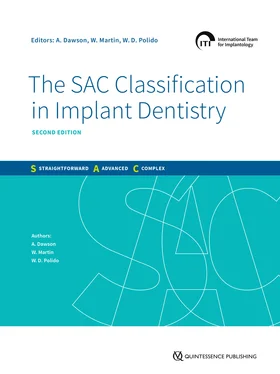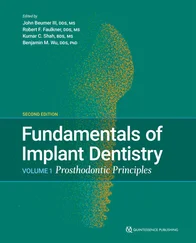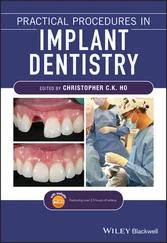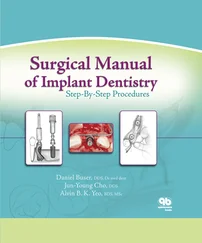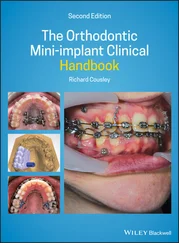The term SAC, with the associated risk factor classification and color scheme, was first used by its two creators, Sailer and Pajarola (1999), in an atlas of oral surgery, with the intent to classify risk factors for general dentists practicing dentoalveolar surgery. The authors described in detail various clinical situations for procedures in oral surgery, such as the removal of third molars, and proposed the classification S = Simple , A = Advanced , and C = Complex . This concept was then adopted in 1999 by the Swiss Society of Oral Implantology (SSOI) during a 1-week congress on quality guidelines in dentistry. The working group of the SSOI developed this SAC classification from a surgical and prosthetic point of view for various clinical situations in implant dentistry. This SAC classification was then adopted by the International Team for Implantology (ITI) in 2003 during the ITI Consensus Conference in Gstaad, Switzerland. The surgical SAC classification was presented in the proceedings of this conference (Buser et al, 2004). The ITI Education Core Group decided in 2006 to slightly modify the original classification by changing the term Simple to Straightforward .
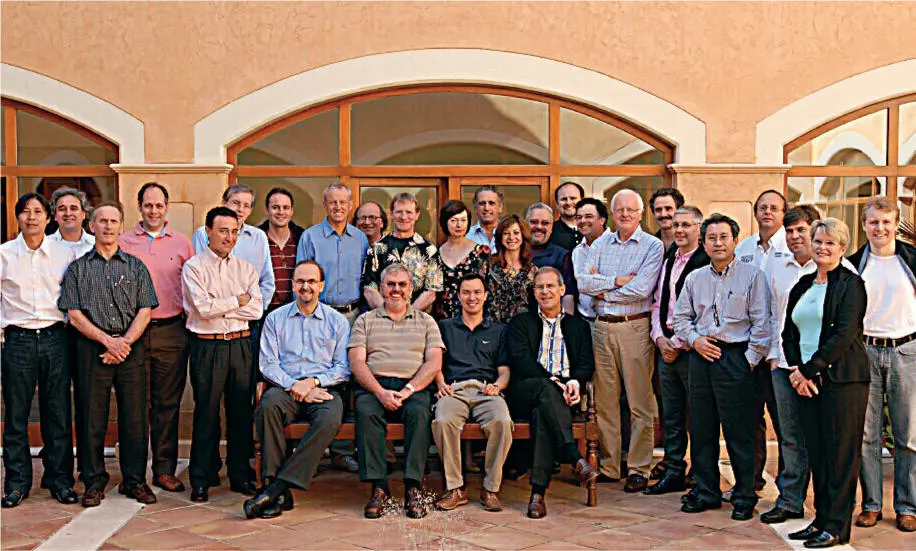
Fig 1.The participants of the SAC Consensus Conference held by the ITI in Palma de Mallorca in March 2007. (Source: The SAC Classification in Implant Dentistry, 2009).
In March 2007, the ITI held a consensus conference in Palma de Mallorca in Mallorca, Spain aimed at improving on the SAC classification ( Figure 1). In its initial form, the SAC classification tended to be subjective, as it related the perceived difficulty of the treatment to the individual practitioner. The Mallorca meeting sought to develop a classification scheme that was more structured and objective. The results of this conference were published in an adjunct to the ITI Treatment Guide series in 2009 (Dawson & Chen, 2009). Later in 2009, the ITI developed an SAC Assessment Tool that clinicians could use to determine the normative classification for a case type that they were treating and identify any additional modifying factors that might apply to their own patient’s clinical situation.
The participants in the first SAC Conference were as follows: Urs Belser (Switzerland), Daniel Botticelli (Italy), Daniel Buser (Switzerland), Stephen Chen (Australia), Luca Cordaro (Italy), Anthony Dawson (Australia), Anthony Dickinson (Australia), Javier G. Fabrega (Spain), Andreas Feloutzis (Greece), Kerstin Fischer (Sweden), Christoph Hämmerle (Switzerland), Timothy Head (Canada), Frank Higginbottom (USA), Haldun Iplikcioglu (Turkey), Alessandro Januario (Brazil), Simon Jensen (Denmark), Hideaki Katsuyama (Japan), Christian Krenkel (Austria), Richard Leesungbok (South Korea), Will Martin (USA), Lisa Heitz-Mayfield (Australia), Dean Morton (USA), Helena Rebelo (Portugal), Paul Rousseau (France), Bruno Schmid (Switzerland), Hendrik Terheyden (Germany), Adrian Watkinson (UK), and Daniel Wismeijer (Netherlands).
The 2009 version of the SAC classification scheme has received widespread acceptance in the dental profession and in the realm of dental education (Mattheos et al, 2014), where it has formed the basis of implant dentistry teaching in many predoctoral and postgraduate dental programs.
From its initial release in 2009, clinical techniques, materials, and technology have continued to evolve and, in early 2017, the ITI recognized that there was a need to review the SAC classification to ensure that it was still consistent with contemporary implant practice. A review group met in Zurich in October 2018, and again in Berlin in April 2019, to develop an updated SAC classification scheme. The primary aim of this review was to develop an updated SAC Assessment Tool, as this had been found to be clinicians’ favored way of determining the classification of their patients’ treatment needs. The publication of this book satisfies the secondary goal of the review: to document the rationale for this SAC Assessment Tool and the evolution of the SAC classification.
This text documents the proceedings of consensus meetings held by the ITI in 2018 and 2019. The following individuals contributed to the findings of this conference and the content of this publication ( Figure 2):

Fig 2.Review team members.
| Paolo Casentini |
Italy |
| David Cochran |
USA |
| Anthony Dawson |
Australia |
| Luiz Gonzaga |
USA |
| Stefan Keller |
Switzerland |
| Thomas Kiss |
Switzerland |
| Johannes Kleinheinz |
Germany |
| Ali Kökat |
Turkey |
| William Martin |
USA |
| Dean Morton |
USA |
| Waldemar Polido |
USA |
| Lira Rahman |
Switzerland |
| Mario Roccuzzo |
Italy |
| Irena Sailer |
Switzerland |
| Charlotte Stilwell |
UK |
| Mauro Tosta |
Brazil |
| Alejandro Treviño Santos |
Mexico |
| Daniel Wismeijer |
Netherlands |
1.4 Potential Roles for the SAC Classification
On its surface, the SAC classification provides an assessment of the potential difficulty and risk of an implant-related treatment for a given clinical situation and serves as a guide for clinicians in both patient selection and treatment planning. In addition, it can also fulfill several additional roles.
Primarily, the classification scheme is aimed at providing clinicians with an objective and evidence-based framework against which they can assess clinical cases regarding the complexity of the planned treatment. This can then be used to assist them in deciding if they possess the necessary skills and knowledge to complete the treatment themselves, or whether referral to a more experienced clinician is indicated. With this capacity, they can build their experience in implant dentistry incrementally and minimize potential risk to their patients. Recently, the current SAC Assessment Tool validity was tested in regard to the agreement level between users, confirming its role as a clinical decision-making tool, as well as a valuable tool for the education of less experienced clinicians (Correia et al, 2020).
The SAC classification can also act as a checklist for more experienced clinicians to help them ensure that all relevant risks have been considered in the patient assessment and treatment planning phases of care.
Communication is a vital part of any step of patient management. In this regard, the SAC classification can aid in communication between clinicians as well as between them and their patients. The classification facilitates communication between colleagues by providing a known framework to exchange information: a shorthand that all involved clinicians are familiar with. When dealing with patients, clinicians can use the SAC classification of their situation to illustrate to patients the complexity and risks associated with their care. As such, it becomes an important tool not only in treatment planning but in the informed consent process as well.
Читать дальше
